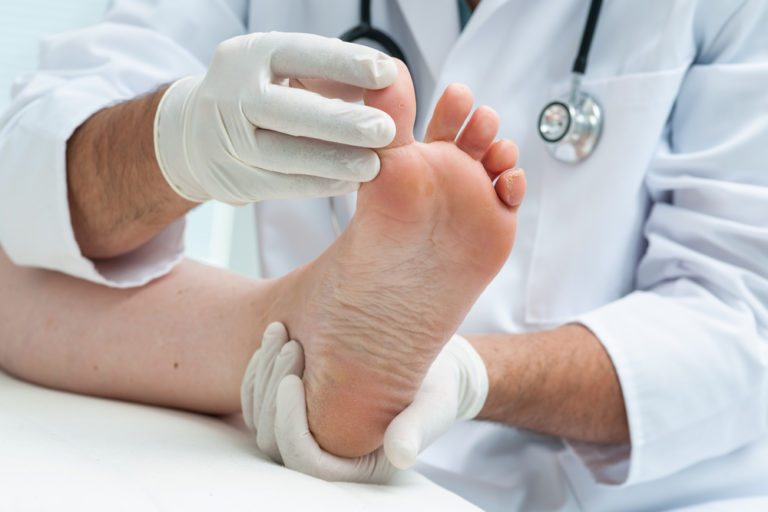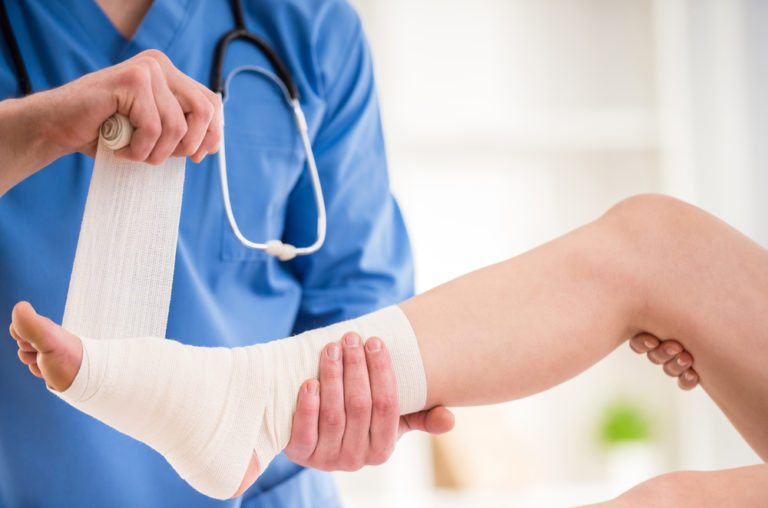Peripheral artery disease (PAD) is a circulatory problem that can lead to serious negative effects on the feet and limbs. In this condition, blood flow is reduced to the legs or arms, often by the formation of fatty plaques (atherosclerosis) in the arteries. PAD is estimated to affect 8 to 12 million people in the U.S., and while it is serious it can be effectively treated if it is addressed early.
What are the risk factors for PAD?
Ideally, every patient should be screened for PAD, but it is especially important if you are affected by multiple risk factors.


Early PAD may cause only mild symptoms, or no symptoms. But as the condition progresses, the increasing restriction of blood flow is accompanied by symptoms that grow in severity as time goes on, if untreated.
One of the first symptoms many patients experience is pain or cramping in the legs that is brought on by activity (such as when walking), but that fades after a short period of rest. This is called claudication. The intensity of the pain can vary, but when PAD is advanced claudication can make it difficult to walk, climb stairs, or undertake other simple daily activities.
Other signs include coolness in the feet or legs compared to the rest of the body, slow leg hair or toenail growth, color changes in the skin on your limbs, weakness/numbness in the legs, or sores on the feet and legs that don’t heal. When PAD is advanced, limb pain may persist even when you’re resting.
When the foot does not get adequate circulation, minor wounds can fail to heal. This allows infection to set in, potentially leading to sepsis, gangrene, and osteomyelitis (bone infection). In the worst cases, amputation may be the only option to preserve the patient’s life. The risk is elevated for diabetic patients, because high blood sugar also impairs the function of the immune system, making it even more likely that an unnoticed scrape or blister can develop into a serious foot ulcer.
At Corona Foot & Ankle, we are experts in preventing and treating foot wounds that can result from chronic conditions like peripheral artery disease, diabetes, and more. We use the latest in advanced wound care techniques to help even stubborn injuries heal. We also work closely with specialists such as interventional radiologists when additional care is needed to restore blood flow and promote healing. PAD does not have to lead to a reduced quality of life or amputation. If you have PAD and want to keep your feet healthy, contact Corona Foot & Ankle here.

Have any questions about treatment? Feel free to make an appointment, Our team will reach you soon!
Contact Us